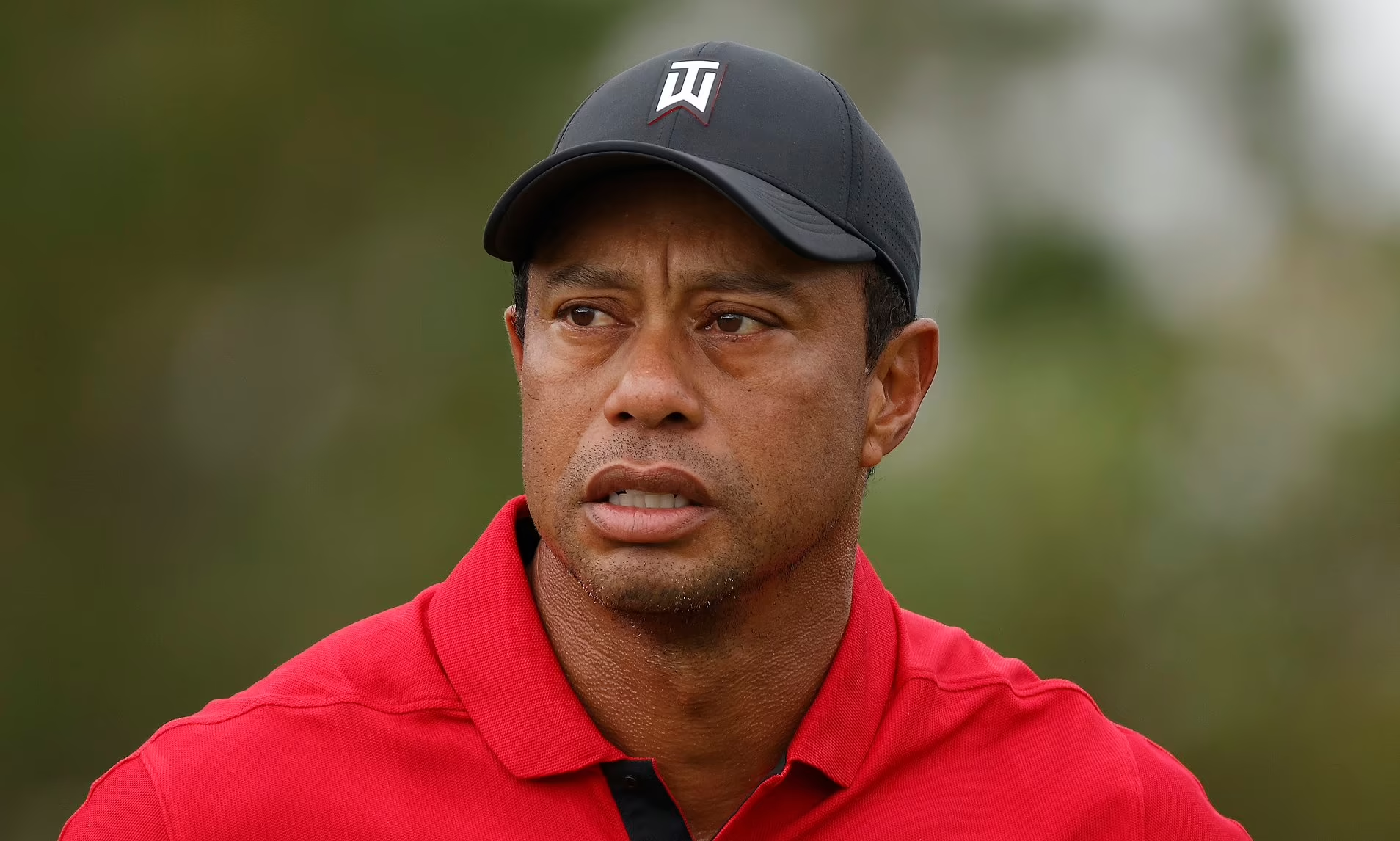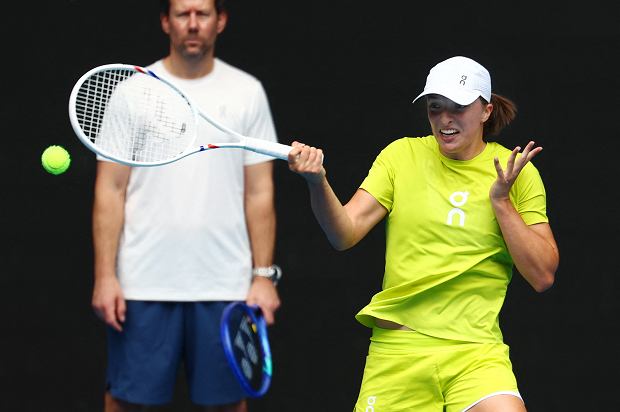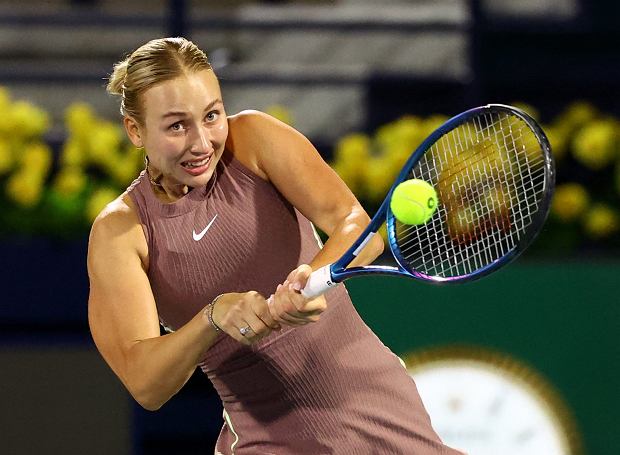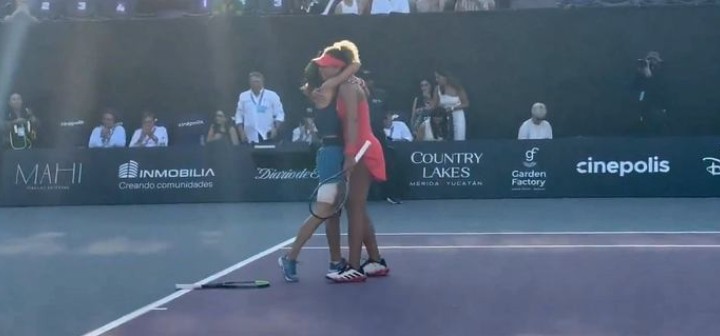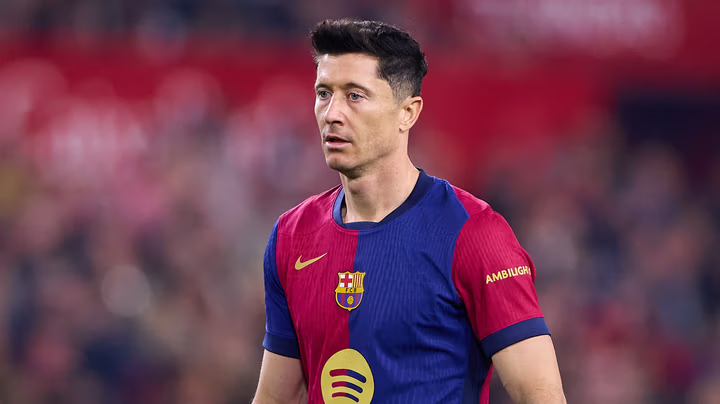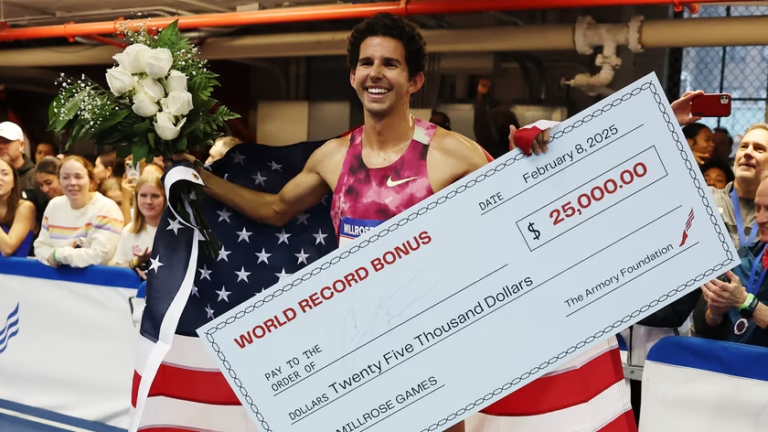Competing tours converge on Augusta National chasing the same prize
In a stark visual contrast, Jon Rahm transitions from donning a Masters green jacket in April to sporting a LIV Golf black letterman’s jacket in December. These images encapsulate the profound schism in golf, scattering its premier stars across two rival tours. Yet, despite this division, the Masters looms larger than ever, serving as a…
In a stark visual contrast, Jon Rahm transitions from donning a Masters green jacket in April to sporting a LIV Golf black letterman’s jacket in December. These images encapsulate the profound schism in golf, scattering its premier stars across two rival tours. Yet, despite this division, the Masters looms larger than ever, serving as a poignant reunion for the sport’s luminaries.

The Masters, with its hallowed grounds at Augusta National, embodies unparalleled anticipation and nostalgia, steeped in a rich tapestry of 90 years of history. One year after the PGA Tour and LIV Golf first intersected at the Masters, the upcoming edition feels like a long-overdue gathering.
Xander Schauffele reflects on the initial split, igniting a fervent rivalry between the tours, which captivated audiences with its LIV versus PGA Tour narrative. However, amidst the excitement, a subtle shift is underway. Schauffele acknowledges that while the tone may differ for fans, the allure of the Masters remains undiminished. The prospect of witnessing golf’s elite compete together once more is a tantalizing prospect for players and spectators alike.
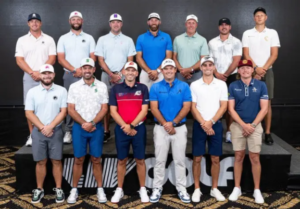
As the 88th Masters Tournament commences on April 11, it marks the culmination of 263 days since all the world’s premier players pursued a singular prize. From Rahm and Scheffler to Koepka and McIlroy, the Masters promises a convergence of golfing titans, including venerable figures like Mickelson and Woods.
Yet, amidst this reunion, the specter of discord looms. The PGA Tour’s entanglement with Saudi backers of LIV Golf, followed by antitrust scrutiny and competing offers, underscores the tumultuous landscape. Despite the PGA Tour’s recent multi-billion-dollar investment and ongoing negotiations, the rift between the tours persists, with no clear path to reconciliation.
Bryson DeChambeau voices a longing for regular competition amongst the world’s best, highlighting the imperative to bridge the divide. However, geographical and ideological chasms persist, with only the majors offering a fleeting semblance of unity.
Against this backdrop, the Masters emerges as a beacon of cohesion and tradition. Rahm and Scheffler epitomize the anticipation, each eager to leave their mark on Augusta’s storied fairways. For McIlroy, the pursuit of golf’s most elusive accolade, the career Grand Slam, imbues the tournament with heightened significance.
McIlroy’s journey, spanning 16 Masters appearances, reflects the tournament’s enduring allure and unpredictability. His advocacy for golf’s harmonization, despite his own affiliation with LIV Golf, underscores the sport’s quest for unity.
As the world eagerly anticipates the Masters, questions linger. How will Rahm’s limited play since November impact his performance? Can the allure of guaranteed cash motivate amidst the grandeur of Augusta? These uncertainties only serve to amplify the tournament’s intrigue.
For golf aficionados, the Masters represents more than a competition—it’s a celebration of the sport’s resilience and unyielding spirit. As the world’s best converge on Augusta, they remind us that amidst division, the pursuit of excellence remains a unifying force in the timeless game of golf.
